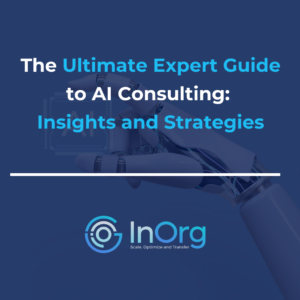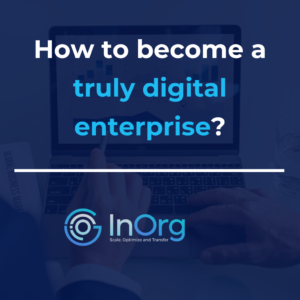The Build, Operate, and Transfer (BOT) model is increasingly popular in IT and technology projects, involving a strategic partnership where a private entity is contracted to design, build, and manage a tech system or infrastructure for a defined period. This model leverages the private sector’s expertise to deliver efficient and innovative solutions across various IT domains, such as software development and data centers. After the operational phase, the project is handed back to the original owner, often aligning with key business transitions.
Role of IT Teams in BOT Projects
IT teams play a pivotal role in each phase of the BOT model, ensuring that technology solutions not only meet the highest industry standards but also seamlessly integrate with the strategic goals of the organization. This is crucial for guaranteeing a smooth transition at every stage of the BOT cycle—from project inception and active operation to the final transfer, ensuring continuity and excellence in service delivery.
Phases of the BOT Model from an IT Perspective
1. Planning:
- Involves comprehensive activities like feasibility studies, intricate project designs, and crucially, securing financing.
- IT’s role: Establishing technical specifications and ensuring the technological feasibility of the project.
2. Construction:
- Here, the actual development and setup of the IT infrastructure or software solutions take place.
- IT’s role: Overseeing the deployment of IT systems and ensuring adherence to technical requirements.
3. Operation:
- This phase focuses on the effective maintenance and operation of the system, with IT managing the day-to-day running of technological functionalities.
- IT’s role: Maintaining service quality and implementing updates or enhancements as needed.
4. Transfer:
- Involves handing over a fully operational system to the client after a typical period of 20-30 years.
- IT’s role: Ensuring that the transition is smooth and that the client is capable of managing the system independently.
Advantages of the BOT Model for IT Projects
- Risk Allocation: Effectively distributes risks by utilizing the private sector’s expertise to manage IT-specific challenges.
- Financial Optimization: Encourages staying within budget and on schedule to maintain profitability.
- Excellence and Innovation: Ensures long-term commitment to high-quality operations and encourages continuous technological advancements.
Challenges of the BOT Model in IT
- Complex Negotiations: Navigating prolonged and intricate contract negotiations to align diverse interests among stakeholders.
- Financial Risks: Managing potential financial instabilities that could affect project costs or expected returns.
- Regulatory and Political Changes: Addressing risks associated with administrative or political shifts during the project’s lengthy duration.
- Technology Integration and Obsolescence: Ensuring technology implemented at the start remains relevant and updated throughout the project lifecycle, avoiding obsolescence.
- Cultural and Operational Misalignments: Overcoming differences in organizational culture and operational practices between the home office and local project site, which can impact project execution.
- Skill Gaps and Resource Availability: Handling difficulties in sourcing skilled personnel and resources essential for the project’s success, particularly in regions with limited IT infrastructure.
IT Solutions and Support by InOrg in BOT Projects
InOrg is ideally positioned to enhance the success of BOT IT projects, offering specialized services that address the unique needs of these ventures:
- Feasibility Studies and Risk Assessment: Assessing IT project viability, analyzing market trends, and outlining risk mitigation strategies to ensure successful outcomes.
- Project Management Solutions: Providing sophisticated tools and expertise to manage projects from conception through operation and eventual transfer, including scheduling, resource allocation, and milestone tracking.
- Technological Integration: Utilizing top-tier technology tools for improved efficiency and effectiveness throughout the project lifecycle. Implementing cutting-edge solutions such as AI and machine learning to optimize operations.
- Regulatory Compliance and Reporting: Ensuring that all project stages comply with applicable laws and regulations. Facilitating a smooth project transition through meticulous compliance and detailed reporting mechanisms.
- Custom Software Development: Designing and developing tailored software solutions that align with the specific needs of the BOT project, ensuring scalability and adaptability.
- Security Solutions: Implementing robust cybersecurity measures to protect data integrity and secure project assets from inception to handover. This includes continuous monitoring, threat detection, and response strategies.
- Training and Support: Offering comprehensive training programs to ensure all stakeholders are proficient in the new technologies and systems installed. Providing ongoing support to address any operational challenges post-deployment.
Conclusion
The BOT model represents a strategic approach to managing large-scale IT projects by integrating the strengths of both the public and private sectors. Despite its challenges, with the right partnerships and expert support from entities like InOrg, this model can lead to significant benefits, enhancing project success and delivering long-term value to all stakeholders.





